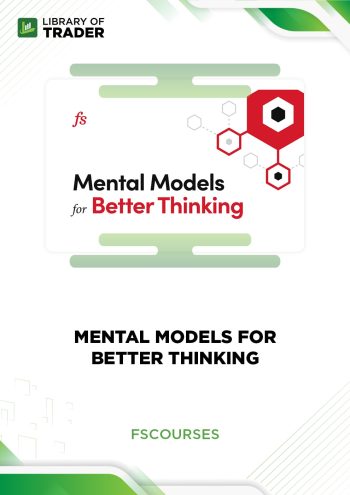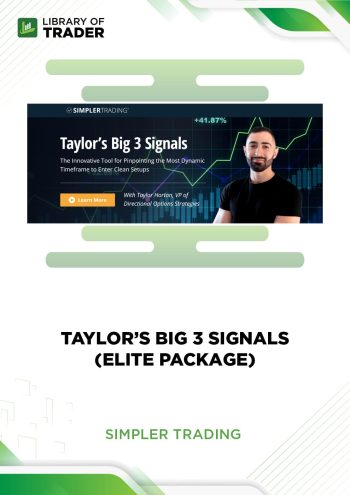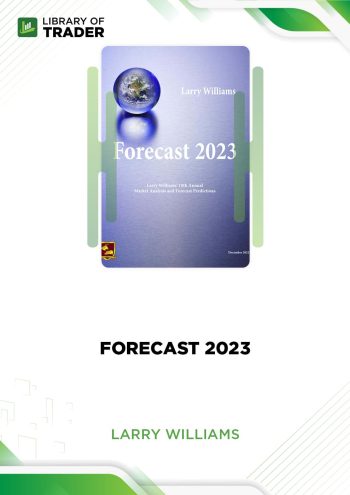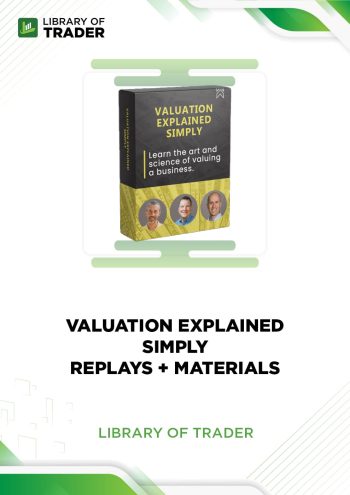$40.00 $399.00
Tailored for FIG professionals in banking, equity research, and corporate finance, this course provides comprehensive training on bank financial statements, key drivers, and regulatory frameworks.
Course Objective
At completion, trainees will have built a fully integrated financial statement model, RI model and DDM
The analysis of banks is different from that of most other types of industries. As a result, analysis requires adjustments and different approaches from traditional valuation methodologies. Wall Street Prep’s bank modeling course will guide you step-by-step through a bank’s financial statements, unique drivers and regulatory framework. You will build a fully integrated financial statement model, a residual income (RI) model, and a dividend discount model (DDM) using Valley National Bank as a case study.
What You Will Learn
SECTION ONE: BUILDING A BANK FORECAST MODEL
- Build an advanced bank forecast model, projecting asset and liability balances, interest rates and spreads for key assets and liabilities, using industry best practices.
- Learn to effectively forecast the loan portfolio, investment securities, and deposits.
- Understand the modeling and forecasting of allowances for loan losses and net charge offs (NCOs).
- Model regulatory constraints and analyze effects on leverage, capital ratios, and profitability.
- Forecast net interest income (NII), asset yields, funding costs and interest earning assets (IEA) and liabilities (IBL) using an approach that takes into account typical disclosure gaps, is internally consistent, and avoids common modeling pitfalls.
- Build an advanced bank forecast model, projecting asset and liability balances, interest rates and spreads for key assets and liabilities, using industry best practices.
- Learn common forecast approaches for the non-interest income and expenses such as fees, and compensation.
- Identify the most appropriate “plugs” in a bank model to ensure the model balances, and address circular reference issues in the model.
SECTION TWO: BUILDING A BANK VALUATION MODEL
- Using the results derived from the forecast model, build a residual (excess returns) income model.
- Build an adjusted dividend discount model using the prevailing beset practices for banks (not the same as non-banks).
- Analyze how regulatory capital constraints effect valuation.
- Develop assumptions about return on equity (ROE), risk weight assets (RWA), cost of equity, and minimal capital ratio that are internally consistent for a multiple stage model.
- Compare the other valuation approaches such as comps and DCF and identify strengths and limitations of each approach.
Course Highlights
Real World “On the Job” Investment Banking Training
The Bank Modeling Self Study Program bridges the gap between academics and the real world to equip industry professionals with the practical financial skill set they need on the job. The program utilizes a case study format, as students follow their tutorial guide alongside the Excel model templates, and are directed to the appropriate external documents (SEC filings, research reports, etc.) in order to build complex financial & valuation models the way they would on the job.
Support Center
Upon enrollment, students gain 24-month free access to Wall Street Prep’s Online Support Center, where they receive answers to questions, free downloads, and important updates.
Prerequisites
This course does not assume a prior background in Bank & FIG Modeling. However, those who enroll should have an introductory knowledge of accounting (e.g. interaction of balance sheet, cash flow, and income statement) and proficiency in Excel. Students with no prior background in Accounting should enroll in the Accounting Crash Course. Students with limited experience using Excel should enroll in the Excel Crash Course.
About the author
Wall Street Prep was established in 2004 by investment bankers to train the financial services industry. Our instructor-led and online training programs bridge the gap between academia and the real world by teaching the practical skills needed to succeed on the job. Our global faculty is a group of 90+ highly specialized investment bankers, private equity and investment professionals.
Wall Street Prep
RELATED COURSES
VIEW ALL-
 Mental Models for Better Thinking – Fscourses$40.00
Mental Models for Better Thinking – Fscourses$40.00$399.00Mental Models for Better Thinking – FscoursesUpdate 27 Jan 2025A course that helps you build personalized mental models, shift to proactive thinking, and gain tools for better decision-making and growth.
Add to wishlist -
 Introduction to Macro Investing$70.00
Introduction to Macro Investing$70.00$599.00Introduction to Macro InvestingUpdate 18 Nov 2022Learn, deconstruct, and put into practice established macro investment approaches. Furthermore, the Introduction to Macro Investing course might assist students in understanding how to manage and analyze downside risk in an investment.
Add to wishlist -
 Taylor’s Big 3 Signals Elite Package – Simpler Trading$130.00
Taylor’s Big 3 Signals Elite Package – Simpler Trading$130.00$1,297.00Taylor’s Big 3 Signals Elite Package – Simpler TradingUpdate 28 Jul 2022This course is a comprehensive guide including his checklist, indicators, and successful strategies. It can enrich your knowledge and techniques to earn higher from trading!
Add to wishlist -
 Forecast 2023 – Larry Williams$19.00
Forecast 2023 – Larry Williams$19.00$249.00Forecast 2023 – Larry WilliamsUpdate 18 Jan 2023All LevelsThe Forecast 2023 by Larry Williams walks you through Larry’s forecasts on the market cycles based on insights into unemployment, recessions, GDP, yield curve, etc. Thus, you can see how these forecasts are made based on factual information and database. It also helps you easily come up with effective solutions to upcoming tough situations.
Add to wishlist -
 Valuation Explained Simply Replays + Materials$40.00
Valuation Explained Simply Replays + Materials$40.00$299.00Valuation Explained Simply Replays + MaterialsUpdate 26 Dec 2023Learn the 4 key valuation methods used by professional investors to calculate a company’s value: TAM, multiples, discounted cash flow, and reverse discounted cash flow.
Add to wishlist -
 Value Trap Indicator Complete Package – Einvesting For Beginners$15.00
Value Trap Indicator Complete Package – Einvesting For Beginners$15.00$197.00Value Trap Indicator Complete Package – Einvesting For BeginnersUpdate 28 Jan 2025The Value Trap Indicator Package helps you analyze companies using key metrics, with tools like a book, audiobook, spreadsheet, bankruptcy data, and a special report.
Add to wishlist


